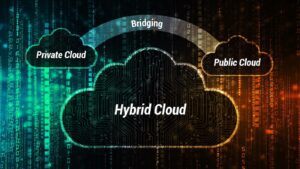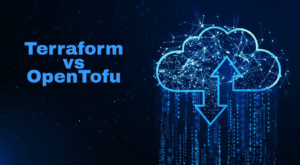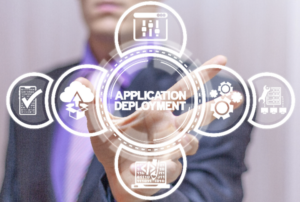AWS Lambda is a serverless compute service that lets you run code without provisioning or managing servers.An event source mapping is a way to connect an event source to a Lambda function. When an event is generated by the event source, Lambda invokes the function. Event source mappings can be used to connect Lambda to a variety of event sources, including Amazon Kinesis, Amazon S3, and Amazon DynamoDB.
To create an event source mapping, you need to specify the following information:
-
- The event source type
- The ARN of the event source
- The Lambda function ARN
- The batch size and maximum batching window
Benefits of Using AWS Lambda Event Source Mappings
There are several benefits to using event source mappings:
-
- They allow you to decouple your Lambda functions from their event sources. This makes your functions more reusable and scalable.
-
- They provide a reliable way to deliver events to your Lambda functions. Lambda will automatically retry failed invocations and scale up to handle increased traffic.
-
- They make it easy to build serverless applications. You can use event source mappings to connect your Lambda functions to a variety of event sources, such as databases, queues, and object storage.
Use Cases
Event source mappings can be used for a variety of use cases, such as:
-
- Processing data streams: You can use event source mappings to connect Lambda functions to data streams from Amazon Kinesis, Amazon DynamoDB, and Amazon MSK. This allows you to build applications that process data in real time.
-
- Triggering workflows: You can use event source mappings to connect Lambda functions to event sources such as Amazon S3 and Amazon SNS. This allows you to build applications that trigger workflows when certain events occur.
-
- Building serverless applications: You can use event source mappings to connect Lambda functions to a variety of event sources to build serverless applications. For example, you could build a serverless web application that uses event source mappings to connect to Amazon API Gateway and Amazon DynamoDB.
Creating an Event Source Mapping
To create an event source mapping using the AWS Lambda console:
-
- Open the AWS Lambda console.
-
- In the navigation pane, choose Functions.
-
- Choose the name of the Lambda function that you want to create the event source mapping for.
-
- On the Configuration tab, under Event sources, choose Add event source.
-
- Choose the event source type that you want to connect to your Lambda function.
-
- Follow the instructions on the screen to specify the ARN of the event source and the other required parameters.
-
- Choose Create.
Example
The following example shows how to create an event source mapping that connects a Lambda function to an Amazon S3 bucket:
{
"EventSourceArn": "arn:aws:s3:::my-bucket/my-folder",
"FunctionName": "arn:aws:lambda:us-east-1:123456789012:function:my-function"
}
Advanced Features
Event source mappings have a number of advanced features, such as:
-
- Batching: Lambda can batch events together before invoking a function. This can improve performance by reducing the number of invocations that are required.
-
- Filtering: You can filter the events that are delivered to your function. This can be useful for reducing the number of invocations that are required, or for preventing certain types of events from being processed.
-
- Error handling: You can configure how Lambda handles errors that occur when invoking a function. For example, you can configure Lambda to retry failed invocations, or to send the events to a dead letter queue.
Best Practices
There are a few best practices to keep in mind when using event source mappings:
- Choose the right event source type: There are many different event source types available. Choose the event source type that is appropriate for your use case.
- Configure batching and filtering: Configure batching and filtering to improve performance and reduce the number of invocations that are required.
- Handle errors: Configure error handling to ensure that your functions are reliable and can handle errors gracefully.
- Event source mappings are a powerful way to connect Lambda functions to event sources. They provide a reliable and scalable way to deliver events to your Lambda functions, and they make it easy to build serverless applications.
Additional Information
In addition to the information above, here are some additional details about event source mappings:
-
- Event source mappings can be created using the AWS Lambda console, the AWS CLI, or the AWS SDKs.
- Event source mappings can be updated to change the batch size, maximum batching window.
If you are looking for an easy way to manage and automate your cloud infrastructure, Sailor Cloud is a good option to consider. To learn more about Sailor Cloud, please visit the Sailor Cloud website: https://www.sailorcloud.io/
- AWS Lambda documentation on event source mappings: https://docs.aws.amazon.com/lambda/latest/dg/invocation-eventsourcemapping.html
- AWS blog post on event source mappings: https://docs.aws.amazon.com/lambda/latest/dg/invocation-eventsourcemapping.html
- Tutorial on creating an event source mapping: https://m.youtube.com/watch?v=OE4OCS3-vnI
- Example of using an event source mapping to connect a Lambda function to an S3 bucket: https://docs.aws.amazon.com/lambda/latest/dg/with-s3-example.html






